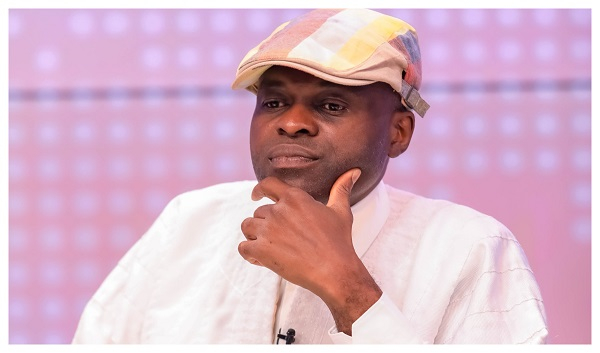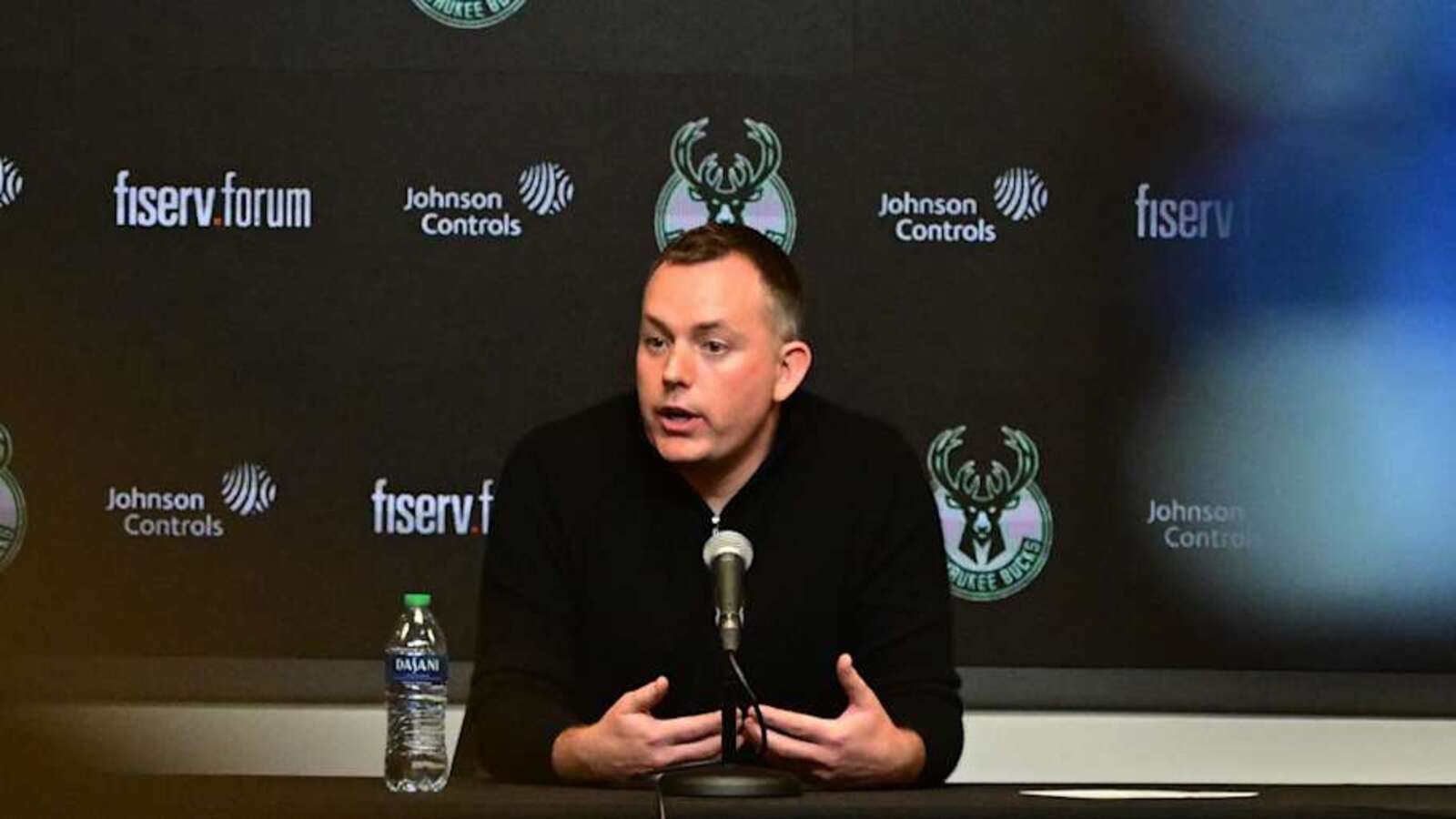New dawn for NeuroScientific with stem cell acquisition
Notably, the manufacturing methodology can yield more than 200 cryopreserved clinical doses from just 10 millilitres of precious donated bone marrow, giving it both clinical flexibility and manufacturing scale.
Based on the early results in Crohn’s disease and in other conditions, Sturm now sees hope in employing MSCs to treat other autoimmune and inflammatory diseases, possibly including lupus, multiple sclerosis and rheumatoid arthritis. As the cells can grow into skin, bone, fat and other tissue cells, they also offer potential applications for tissue repair, such as bone repair for skull or long bone injuries, for example.
The clinical development of MSC stretches back to 2002, when a Swedish paediatric haematologist used MSCs for the first time to treat a child gravely ill with complications from the treatment of leukaemia. The cells were isolated and grown in the doctor’s laboratory from bone marrow donated by the child’s mother. The child’s clinical response to the cells was striking.
No doubt, the successful experimental treatment would have caught the attention of immunology and haematology researchers and clinicians worldwide, including Sturm, an expert in blood, cell and tissue transplant manufacturing for clinical applications, who was the then-director of RPH’s cutting-edge Cell and Tissue Therapy facility.
At the time, Sturm was particularly focused on delivering MSCs as safely as possible into healthcare areas of unmet need. She began experimenting with ways to process the cells into a safe infusion that could be used to treat diseases and transplant complications where there were few or no existing clinical options.
In 2007, Dr Sturm was approached by her clinical colleagues, who wanted to use the MSC product on compassionate grounds to treat a critically ill man with complications of bone marrow transplant to treat blood cancer.
At the time, about 60 per cent of bone marrow transplant patients, who received donor marrow, developed a serious complication, known as graft-versus-host disease (GVHD), where the new blood system created by the bone marrow transplant rejects the recipient’s body. It usually presents with symptoms that affect the gut, skin and liver, and is treated with steroids. With recent advancements in transplant practices, the incidence of acute GVHD has fallen to now occurring in about 25-30 per cent of cases. However, these medicines fail in about 30 per cent of acute GVHD cases – and most of this group die.
After receiving MSC treatment, the man quickly recovered, spurring Sturm to keep working to develop a scalable, commercial-grade MSC product and patenting the manufacturing process.
After an agreement was reached between Isopogen and the State Government’s East Metropolitan Health Service giving Isopogen control of the MSC technology, NeuroScientific struck a deal with Isopogen to progress StemSmart.
The all-scrip acquisition sees Isopogen shareholders receive 85.7 million NeuroScientific shares and 57.1 million performance shares tied to future clinical and commercial milestones. The market welcomed the move, with NeuroScientific’s share price surging 97 per cent on the day of the announcement.
A $3.5 million capital raise led by Perth corporate advisor Westar Capital, after existing funds, creates a war chest of about $7.5 million. This will support further development, including for a special access program or bigger phase 2/3 trials for patients with refractory and fistulising Crohn’s, and will enable regulatory engagement with Australia’s Therapeutic Goods Administration with a long-term goal of partial or full registration for StemSmart MSC, first up as a Crohn’s treatment.
NeuroScientific Biopharmaceuticals incoming chairman Robert McKenzie said: “NSB’s acquisition of Isopogen will allow our StemSmart technology to be progressed for the benefit of vulnerable patients with limited treatment options. Our immediate focus will be on a special access clinical program in fistulising Crohn’s disease, which is challenging to treat and where sustained healing has proven limited with standard therapies. ”
The company is also eyeing the United States, where inflammatory bowel disease is forecast to grow into a lucrative US$13.8 billion market by 2026. About 30 per cent of Crohn’s patients fail to respond to current gold-standard treatments, such as biologics, making them prime candidates for a new approach, such as StemSmart.
The takeover signals a bold pivot for NeuroScientific, which previously focused on peptide-based drugs for neurodegenerative diseases such as Alzheimer’s. Those drugs showed promise, but the timelines to market were long. By contrast, StemSmart’s progress and results over decades of development position the product closer to near-term commercialisation, helped along by NeuroScientific’s healthy bank balance.
Nor will NeuroScientific be walking away from its roots completely. Two current directors will remain on the company’s revamped board, and management will explore crossover applications for StemSmart, particularly to tackle the neuroinflammation that is a hallmark of inflammatory diseases such as Alzheimer’s. That convergence could open a dual-front therapeutic pipeline, leveraging both peptide and cellular approaches.
While competition in the stem cell space is fierce, the upside is enormous. Importantly, the US Food and Drug Administration (FDA) recently approved the first mesenchymal stromal cell therapy by ASX-listed, regenerative medicine company Mesoblast. While MSC products have been approved in other jurisdictions, the FDA approval of an allogeneic, bone marrow-derived MSC product for paediatric, steroid-refractory, acute graft-versus-host disease is momentous.
According to NeuroScientific, StemSmart is differentiated by its purity, potency and consistency. In preclinical and early human data, the platform has shown enhanced potency over conventional MSCs.
The recent regulatory FDA approval of MSC also tilt the momentum in StemSmart’s favour, suggesting regulators are warming to well-characterised stem cell platforms with rigorous clinical data.
Is your ASX-listed company doing something interesting? Contact: [email protected]












